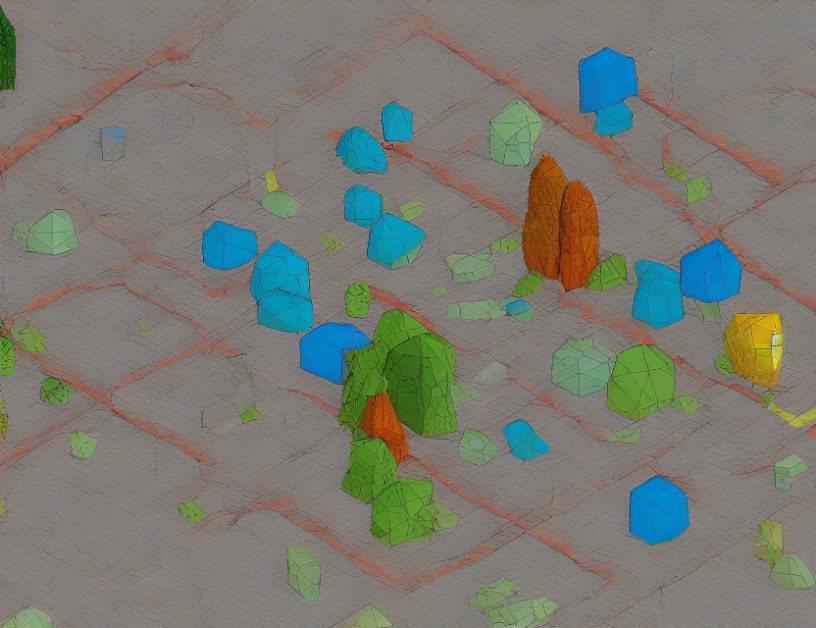In this research paper, the authors aim to improve object recognition and segmentation by utilizing descriptive properties instead of category labels. They propose a novel method that leverages language embedding models to encode descriptions into a semantic representation space, enabling the model to generalize to unknown categories based on shared semantic features. The approach is tested using two widely used language embedding models, Sentence Transformers and BGE-Sentence, with varying dimensionalities of 384 and 768 embeddings.
The authors demonstrate that their method outperforms traditional deep learning models in recognizing objects without explicit category labels. By capturing the nuanced differences in descriptions, the proposed method can segment objects accurately, even when the category names are unfamiliar. This approach mirrors human reasoning processes, where people can recognize objects based on common features and properties rather than strict categorizations.
The authors conduct ablation studies to analyze the effectiveness of different language embedding models and dimensionalities in their proposed method. They find that Sentence Transformers outperform BGE-Sentence in encoding descriptive properties, and higher dimensionality embeddings (768) lead to improved performance.
In summary, this study advances the field of object recognition and segmentation by leveraging linguistic information to improve deep learning models. By using descriptions instead of category labels, the proposed method can generalize better to unseen objects and accurately recognize their semantic features. This innovative approach has significant implications for applications such as image and video analysis, natural language processing, and artificial intelligence.
Computer Science, Computer Vision and Pattern Recognition
Emergence of Generalization Ability in Semantic Segmentation Models



